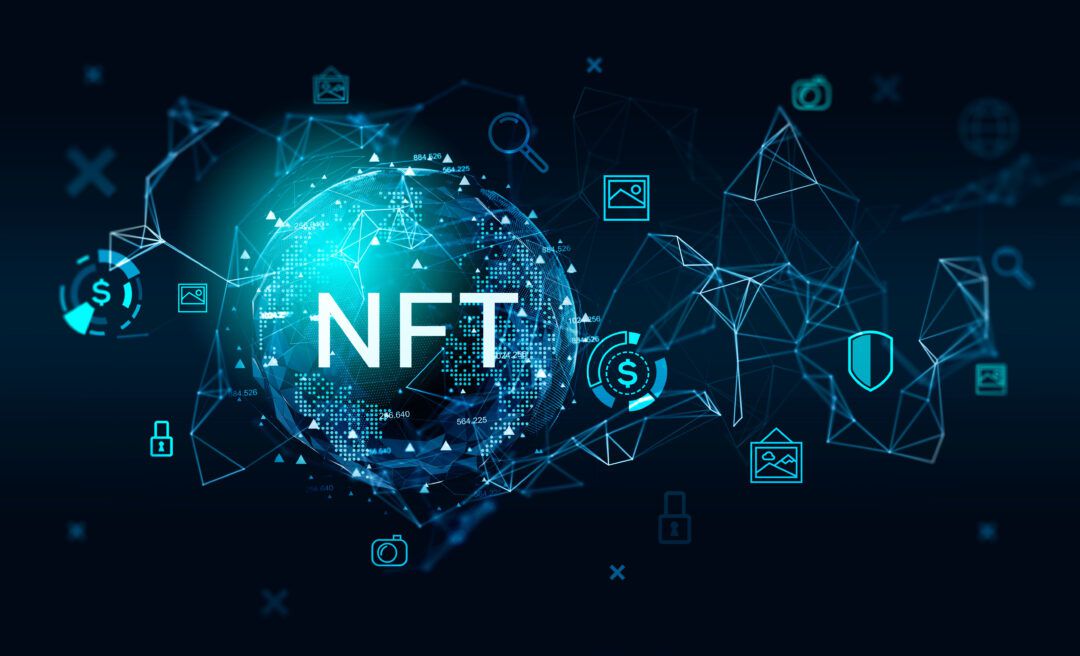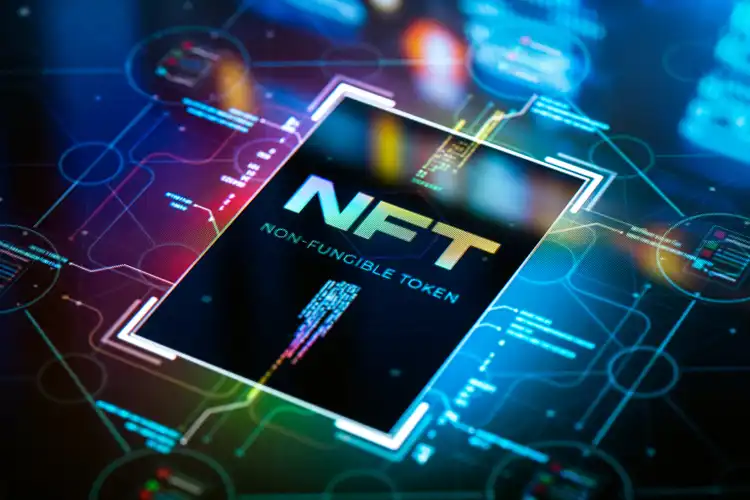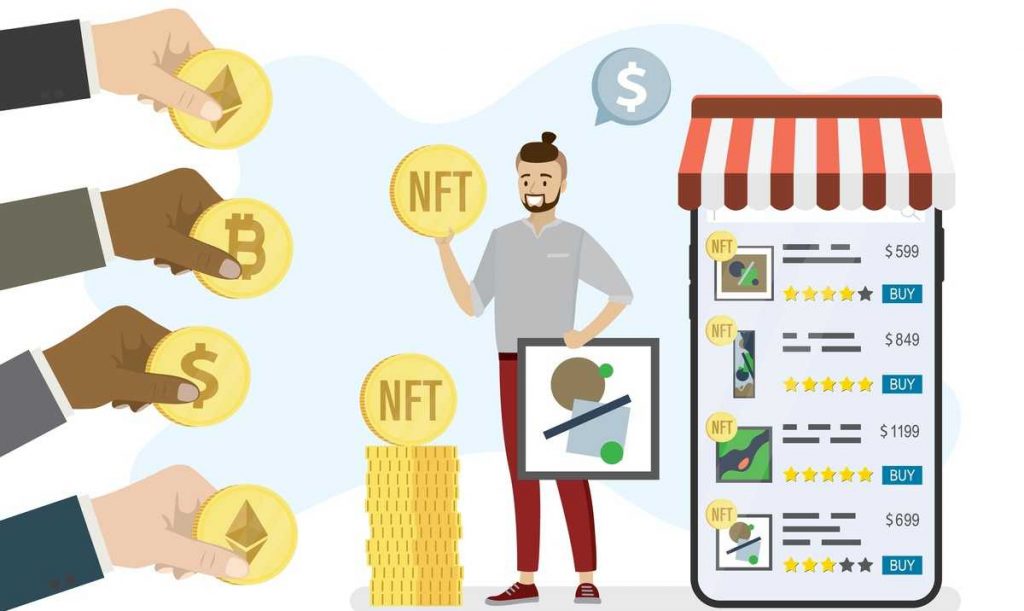What is NFT – how to create and sell it
The abbreviation NFT (non-fungible tokens) stands for “non-fungible tokens”. To understand tokens, one must understand the environment in which they exist – in this case, the blockchain.
To put it very simply, a blockchain is a database that is stored on a large number of computers at the same time. In the traditional model of the internet, all devices are connected to central nodes (in the form of servers or internet service providers), while blockchain works differently. It does not provide a central node; In its system, all devices simultaneously store all information published on the blockchain.
The tokens, in turn, are an entry in a ledger within this blockchain. A special feature of most tokens is the principle of fungibility. It can be compared to a currency (including a cryptocurrency): a dollar, ruble or bitcoin can be easily replaced with a dollar, ruble or bitcoin belonging to other users.
However, it is clear that not all digital assets are fungible. The picture by Pablo Picasso is not identical to the work by Claude Monet and the mp3 file with the Beatles song is hard to replace with a recording of Eminem’s concert. Therefore, in order to transfer unique items to the blockchain, the format of non-fungible tokens was created.
Each NFT is unique and exists in a single copy, it is indivisible and all information about its author, buyer and all transactions with it are securely stored on the blockchain. In other words, an NFT is a digital certificate attached to a single object.
What can be sold as an NFT?
Actually everything. Music, images, texts, videos, 3D models – in other words, any digital product that claims to be unique:
Particular attention is paid to NFT collectors (who, if not themselves, are in search of unique objects), gamers (who are interested in objects in the game: skins, weapons, trading cards, etc.), as well as figures and art lovers. In addition, art in all its manifestations.
Singer Grimes (who is also the mother of a boy named XÆA-12, Elon Musk’s child) sold her drawings in NFT format for $5.8 million, and Russian artist Pokras Lampas sold a projection of his design at the Chirkey Hydroelectric Station for $28,000.
DJ 3LAU was the first musician to put his album up for sale, earning $11.6 million. Other musicians who have also sold their creations as NFTs include Kings of Leon and singer The Weeknd.
The record-breaking sale was artist Mike Winkelmann’s (known as Beeple) painting Everydays: The First 5000 Days. A JPG file consisting of all the images the artist painted every day for five thousand days sold for $69.3 million. Winckelmann’s painting was the first NFT work to be sold in the history of Christie’s auction house.
Non-fungible tokens are not only interesting for artists, but also for large publications. Times Magazine put three of his covers up for sale (including the iconic “Is God Dead?”) and The New York Times sold his column with the eloquent headline “Buy this column on the blockchain!”.
Not only pieces of music or drawings are exhibited as NFT lots, but also models. For example, Canadian artist Krista Kim was able to raise $520,000 for a minimalist model of a home designed in a Martian setting.


